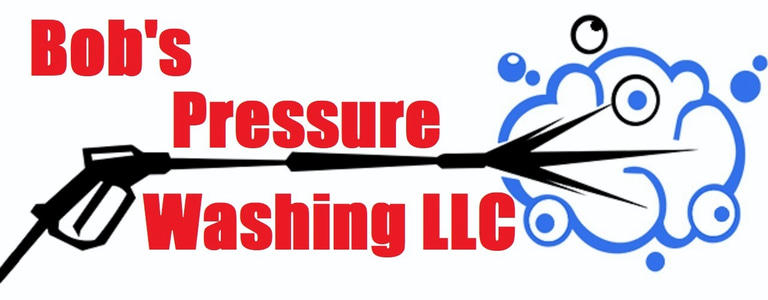Pressure Washing vs Soft Washing: What are the Key Differences
Explanation of 2 of the methods used in exterior cleaning services, which combined are now called "power wash"
EXTERIOR CLEANING SERVICE PROCESSESBASIC HOME MAINTENANCECURB APPEALPRESSURE WASHING SERVICES
Pressure washing uses high-pressure water to clean surfaces, while soft washing uses a combination of low pressure and specially designed cleaning solutions. Pressure washing is effective for removing dirt, grime, and other debris from surfaces, but can cause damage to wood, shingles, siding and other delicate materials. Soft washing is typically safer and more gentle, and is ideal for cleaning roofs, siding, decks, walkways, and other outdoor surfaces.
Are you thinking of getting professional cleaning services for your home or business? You might be wondering which cleaning method is best. Pressure washing and soft washing are two of the most common methods used by professional exterior cleaning companies. But what’s the difference between these two methods?
Pressure washing uses high-pressure water to remove dirt, grime, and another build-up from surfaces. This method is effective for cleaning hard surfaces, such as driveways and sidewalks. Soft washing, on the other hand, uses low-pressure water and cleaning solutions to clean surfaces. This method is ideal for cleaning delicate surfaces, such as siding, wood and roofs.
To learn more about the difference between pressure washing and soft washing, read on!
Pressure washing is a quick and efficient way to clean outdoor surfaces. It uses high-pressure water jets to blast away dirt, grime, and other build-up from surfaces. It is ideal for hard surfaces, such as concrete driveways and sidewalks. The high pressure of the water jets can penetrate deep into cracks and crevices to remove stubborn dirt and grime.
Pressure washing can also be used to remove mold, mildew, and moss from surfaces. The pressure of the water jets has to be adjusted depending on the surface being cleaned. Soft surfaces, such as siding and roofs, are vulnerable to damage from high-pressure jets. Caution must be taken when pressure washing these surfaces.
Pressure washers also run the risk of damaging paint or even blowing out windows if the pressure is too high. Therefore, it is important to follow instructions when using a pressure washer and to always use the lowest pressure setting possible.
Soft washing is a low-pressure cleaning method used to clean delicate surfaces, such as siding, roofs, and brick. Rather than relying solely on high-pressure water, soft washing uses a combination of low-pressure water and chemical cleaners.
Low-pressure water and cleaners effectively remove dirt, grime and other build-up. This cleaning method is gentle and preserves the surface. Soft washing is a much more gentle and more effective form of cleaning than pressure washing.
Cleaning solutions contain chemicals that break down stubborn build-up on surfaces. This makes it easier to remove. Water alone is not enough. This method is ideal for surfaces that cannot handle the pressure of a pressure washer, such as stucco and painted surfaces.
Low-pressure water combined with cleaning solutions enables cleaning of surfaces that may not have been achievable with just pressure washing. Examples include roofs and facades.
Which is best for your home or business? When deciding which cleaning method is best for your home or business, you need to consider a few things. First, consider what type of surfaces you will be cleaning.
If you will be cleaning hard surfaces, such as concrete driveways, walkways and sidewalks, then pressure washing may be the best option. However, if you will be cleaning delicate surfaces, such as siding, decks, and roofs, then soft washing is likely the better option.
Tips for pressure washing and soft washing
Using the right equipment and following the recommended cleaning procedures are essential when providing pressure washing or soft washing services. Make sure that you are using the proper pressure and cleaning solution for the job.
It is also important to make sure that no damage is done to the surface during the cleaning process. Many surfaces, such as windows and wooden decks, can be damaged if not handled correctly. Always use the lowest pressure possible to avoid causing any damage.
If possible, test a small area of the surface before beginning the full cleaning process. This will help ensure that the chosen pressure setting and cleaning solution will not cause any damage to the surface. Also, make sure you use protective eyewear, gloves, and other clothing while pressure washing or soft washing.
